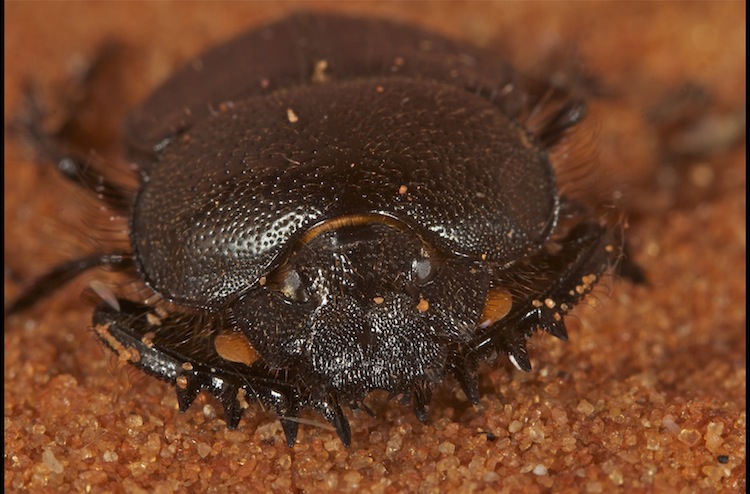Re: Which dung beetle?

KTP
As you said, they are both from that area, and are nocturnal. Which one, I don't know. Perhaps my photo doesn't show angles/features to distinguish the two. S. flav. looks to be more "punctuated/indented", like mine, but that may be a very variable characteristic.


Also, if one "zoomed in", S.satyrus would also show more "punctuations". ?
Maybe write it up as S. species, possibly S.satyrus or S.flavicornis???
I see they used S.satyrus in the Milky Way study, but I suppose, being nocturnal it also applies to S. flav.? What a really cool study!


Thanks so much for bringing it to my, and everyone's attention.

Maybe I'll post a brief synopsis of the findings in the Interesting or Unusual Behavior Topic tomorrow.

